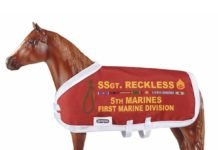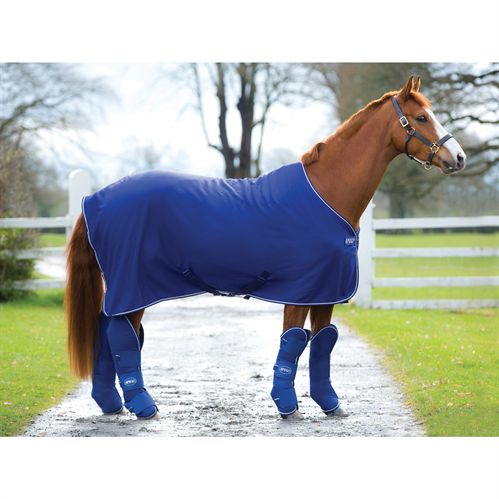When it comes to “dressing” your horse to go out, it’s not a one size fits all bridle and saddle that matters. There’s a lot more to it. You have to dress for the job your horse is going to be performing. From trail riding to cross country jumping, your horse will need a specific type of boot for his legs and hooves to finish off his outfit for the day. So today, let’s take a look at some of the different boots available and their uses, shall we?
The simplest task is turning your horse out for pasture duty, in which case fly boots would be a perfect choice for this job. Horses can swish flies off of their body with their tail or muscle twitching, but for those flies that land on their legs, stomping is the only way to get rid of those pesky critters. This stomping can lead to bruises, sore feet and even lameness. Enter, the fly boot, a simple mesh boot that wraps around the legs of the horse allowing air in, but keeping the flies out.

Perhaps you are transporting your horse to a show or a trail ride. In this case, shipping boots would be the correct foot wear to use to protect the horse’s legs during transport from cuts, bumps, bruises and scrapes. These boots are easy to put on, usually just fastened with hooks and loops or velcro. They are slightly uncomfortable for horses because they extend from the knee or hock down to the heel of the hoof, but they do their job and will get your horse to the show or trail in great shape.

If your horse will be jumping or participating in the dressage ring, then splint or sports boots will serve him well. These boots serve to protect the cannon bones or splint bones of both the fore and hind legs from bumps and bruises should the horse hit a jump or anything else while performing or training. They also help prevent soreness.

Bell boots are used on the front hooves to protect the coronary band, hoof and shoes from overreach by the hind legs. In addition, they are usually used beneath shipping boots. So named because their shape resembles that of a bell, they are great to use on horses that are turned out since horses can be silly and act like 2 year old children and run around, slip, fall, throw a shoe and injure themselves. At times like these, bell boots help keep shoes where they belong.
A horse’s fetlock is the joint just above the hoof, like our ankle, and an injury to this area may cause lameness, so fetlock boots are used for protection. Unfortunately, fetlock boots are shorter than other types of boots and have a tendency to come off easily, therefore, size and fit are very important when using these boots.

If you are going for a long distance ride, a ride over uneven or rocky ground, or you don’t want to put shoes on your horse, you may want to put some hoof boots on him. These boots cover the entire hoof and protect it from damage, bruises, impacted debris and provide cushion and traction.
After riding or training, horses left out in open spaces tend to walk around a bit which keeps the swelling in their legs to a minimum after a workout, but some horses are stabled after exercise and are prohibited from walking around. In this case stable boots are used to help prevent fluid build up in the extremities much like stable wraps do.
As you can see, having the proper boots for the type of riding and training you are doing is important to the health and safety of your horse. Be sure to “dress” him up with the correct shoes for the job. Happy trails!


































